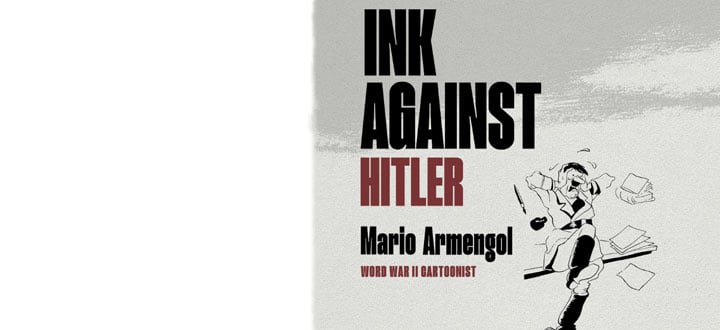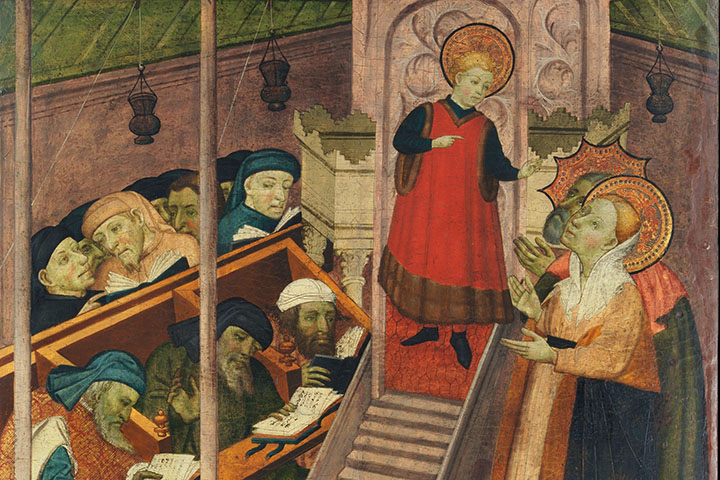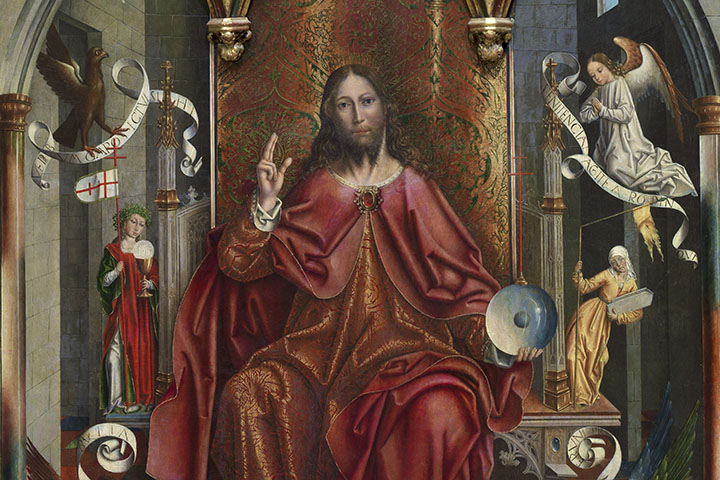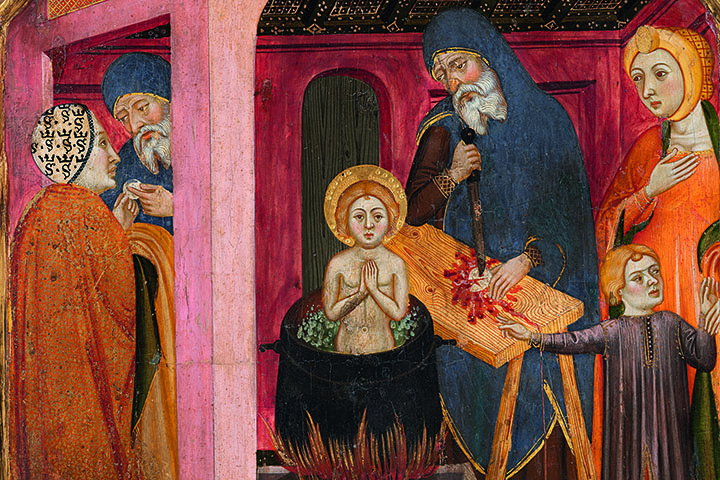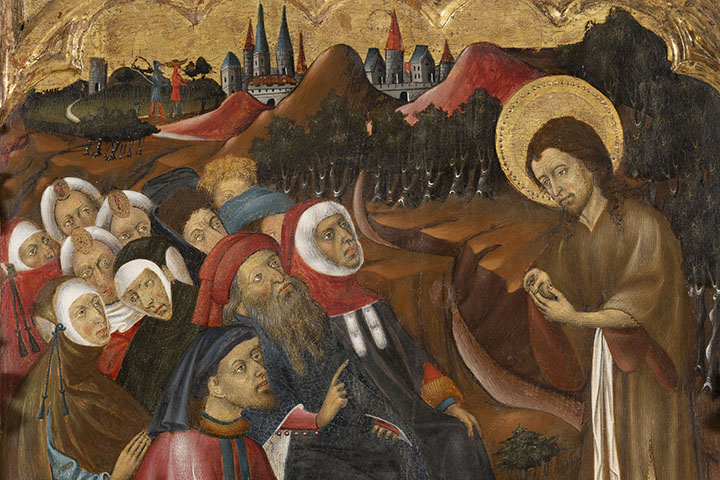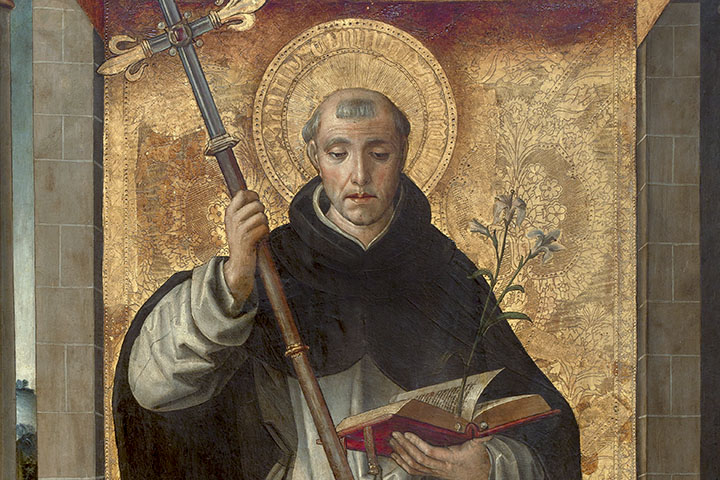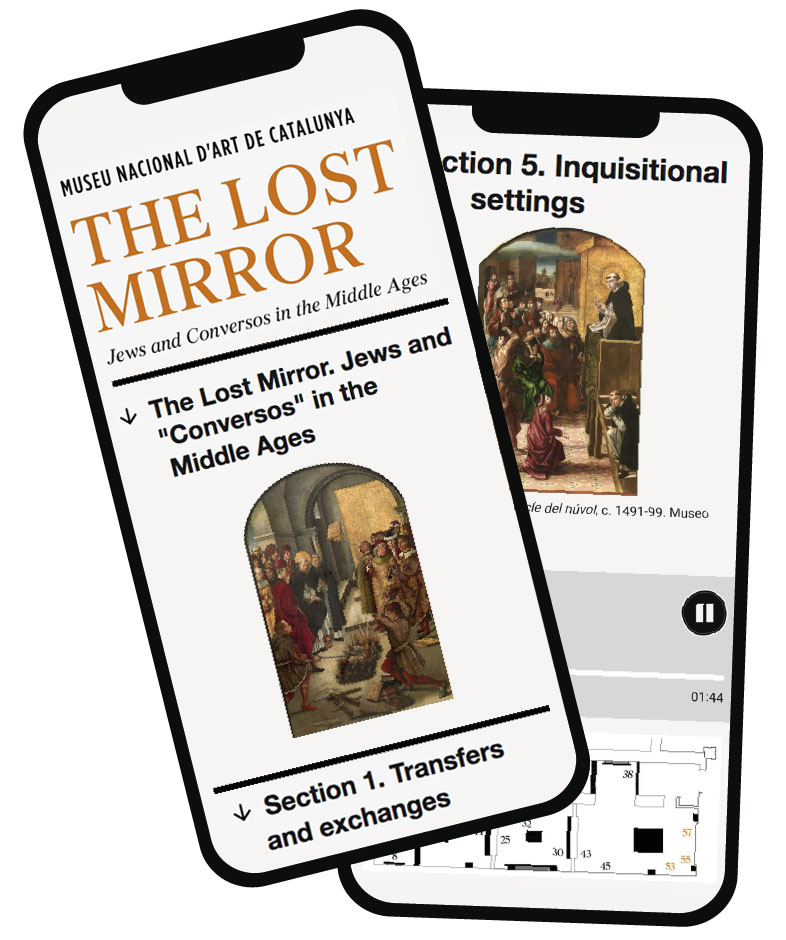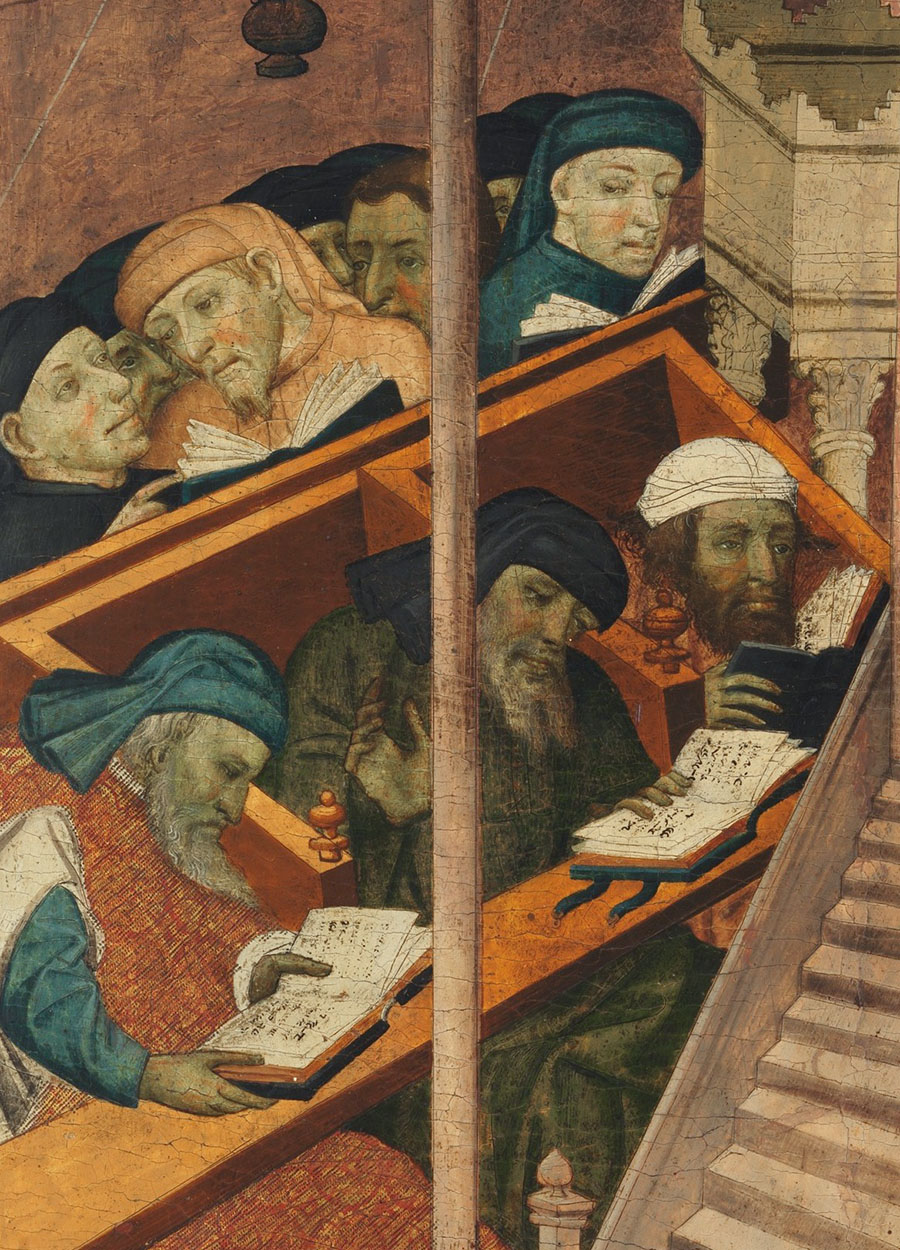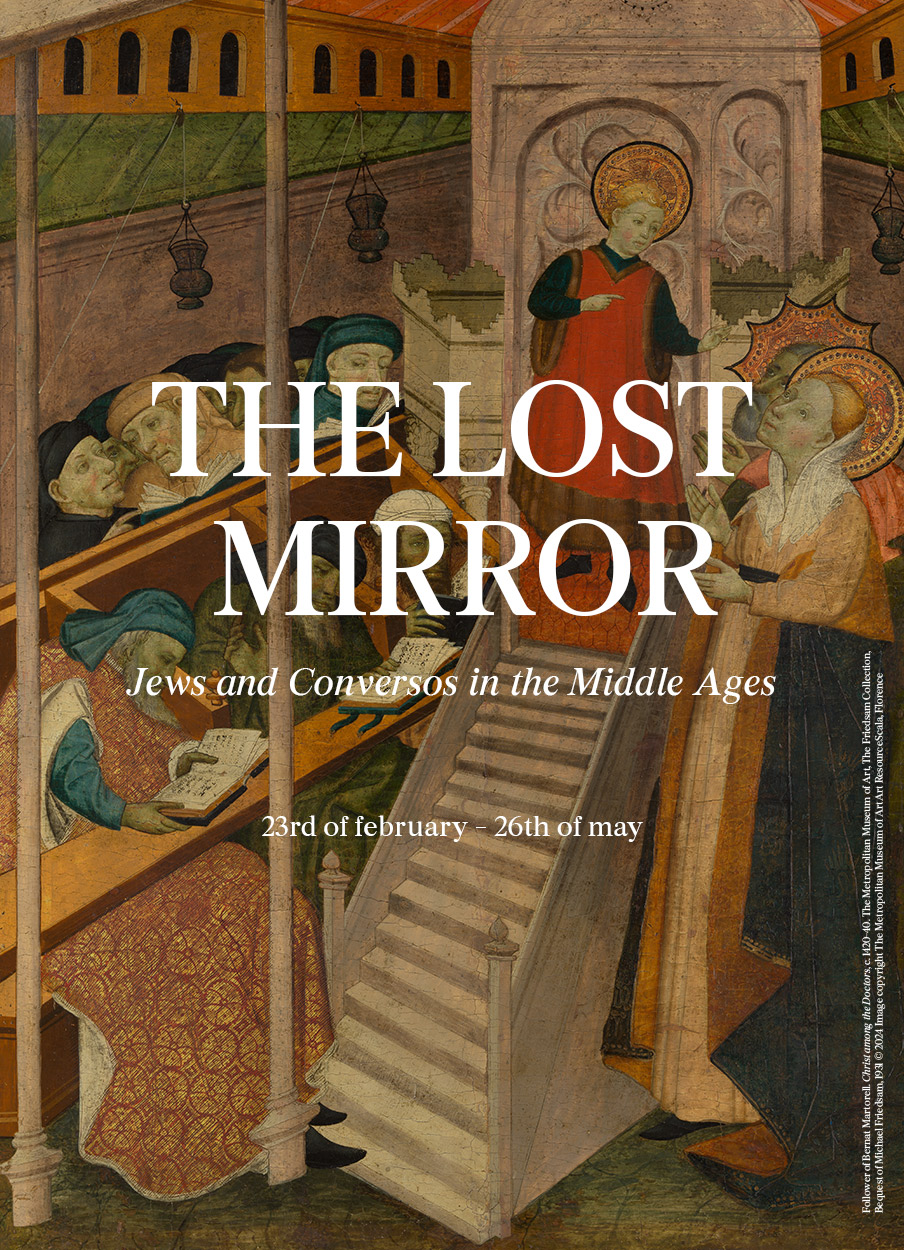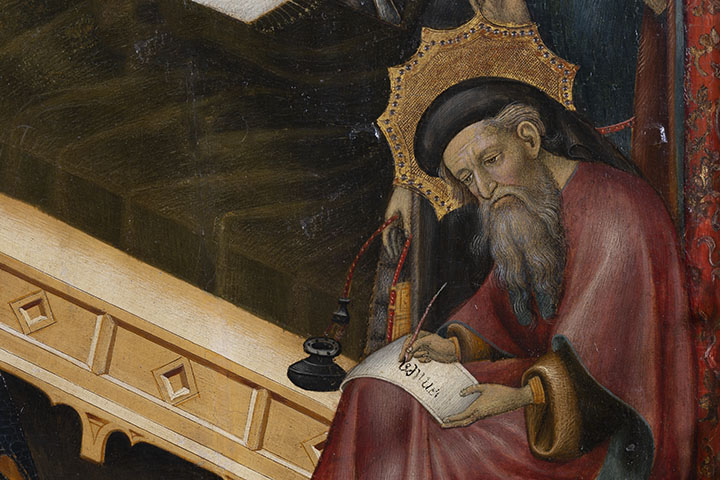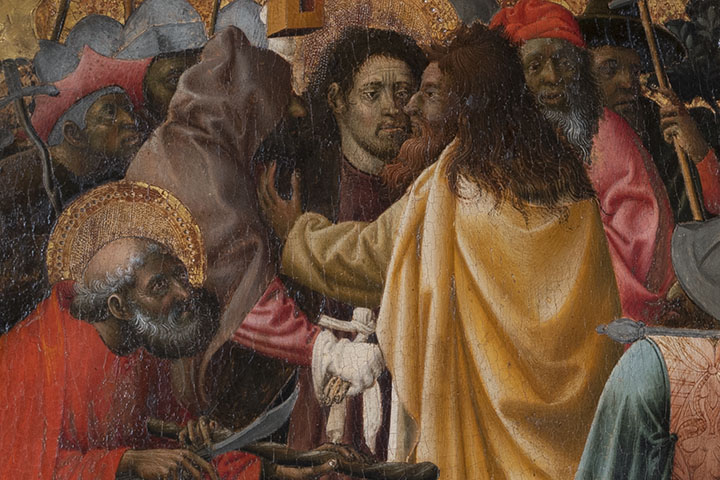The Lost Mirror. Jews and Conversos in the Middle Ages l Resources for the visit

Although difference exists, otherness is constructed.
Every image we create is a mirror that reflects a way of seeing. We look at the world and at others in relation to ourselves, through our own mentality and attitude.
Using a broad selection of works, this exhibition recreates a medieval mirror that shows how Jews and conversos (converts to Christianity) were portrayed by Christians in Spain from 1285 to 1492. Images played a key role in the complex relationship between all three groups during this period. On the one hand, they were an important vehicle for the transmission of rites and artistic models between Christians and Jews and provided a space for collaboration between artists from both communities. On the other—the grim flipside—they helped spread the growing anti-Judaism embedded in Christian society. In this respect, the visual stigmatisation of the Jews was a faithful reflection of the Christians’ mirror, of their beliefs and anxieties, and accordingly a powerful means of asserting their identity.
Following the mass conversion of Jews to Christianity resulting from the pogroms of 1391, cult images became the centrepiece of the controversy. They were taken as evidence for confirming New Christians’ sincerity or, on the contrary, for accusing them of Judaising. The spread of these unfounded suspicions of Judaising heresy lay at the root of the establishment of the Spanish Inquisition in 1478. Aware of the power of images, the new institution used them intensively, either to design powerful settings or to define methods for visually identifying conversos.
The images featured in this exhibition remind us that while differences exist, the idea of otherness is a construct.



